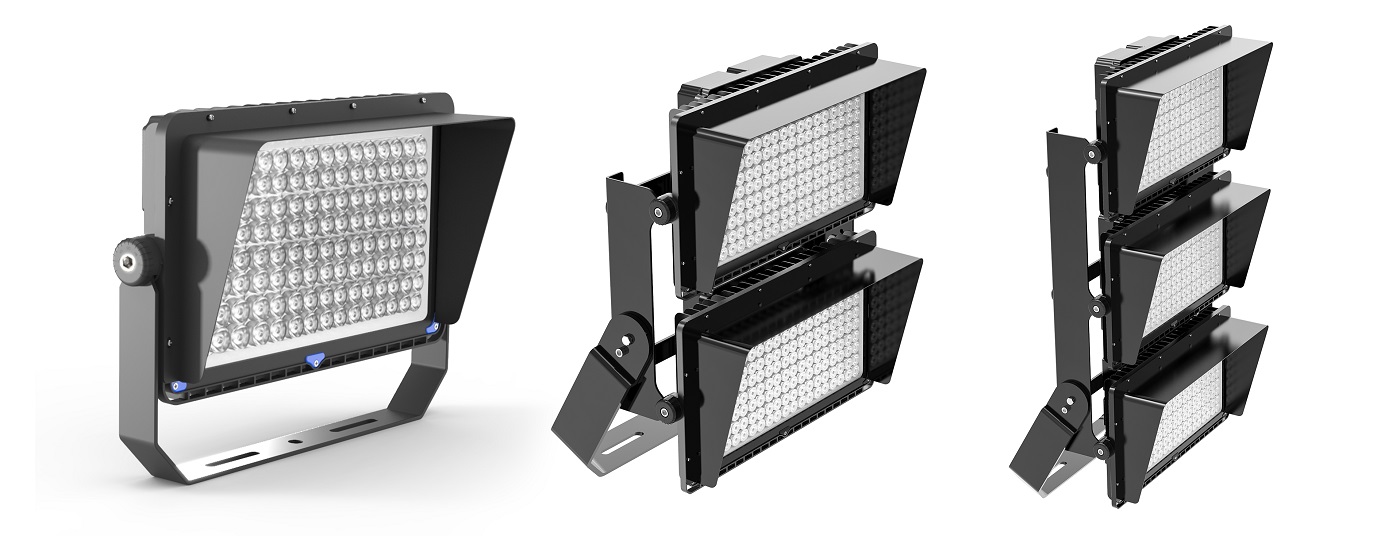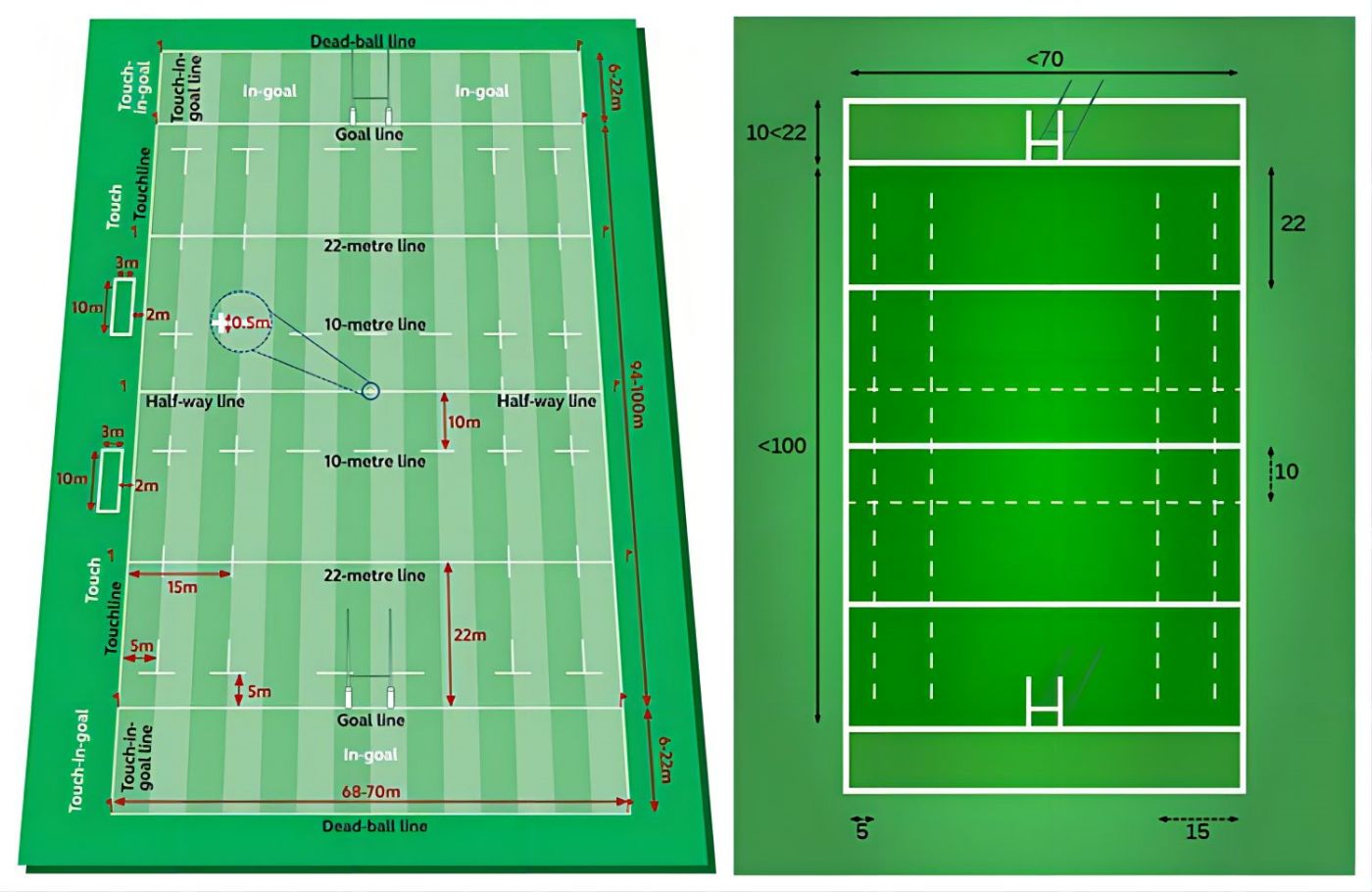Rugby is a popular sport, particularly in South Africa, Australia and New Zealand. It can be found in almost every corner of the world. The Rugby league is widely televised and broadcast internationally. Lighting is vital to rugby. A rugby field needs the best lighting. LED lighting is used to light up rugby fields.
You can play rugby at any level: club, amateur, professional, or recreational. If you want to have a great rugby match, ensure that there is enough lighting. LED lighting is the solution to all your rugby lighting needs. It can last for up to 80,000 hours. Additionally, LED lighting lasts longer than HID lamps or HPS lamps and metal halide. Because rugby fields are subject to extreme weather, LED lights are often used. LED lighting will illuminate the rugby field regardless of weather conditions, such as rain or storms. High quality LED lights can also be used in temperatures as low as -20 degrees. LED lighting is well-known for its versatility.
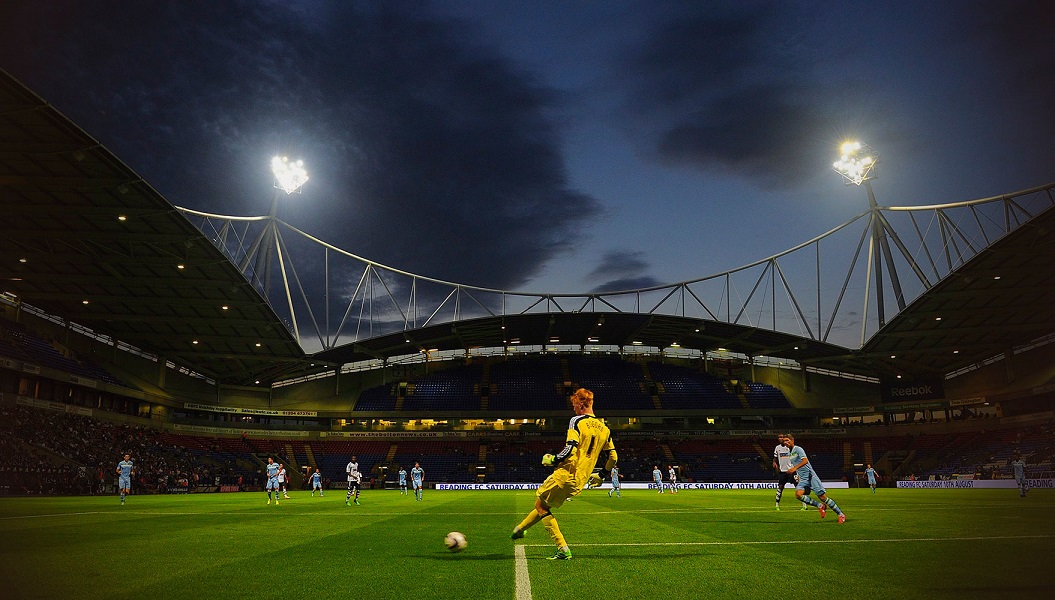
Lighting Requirements for Rugby Field Lighting
There are specific lighting requirements for rugby field lighting. It is recommended that the LED lighting be uniformly bright. This lighting has many advantages. There are many options for LED lighting. It is important to decide which one to use. To ensure that spectators and athletes enjoy the tournament, visual obstruction must be minimized. These guidelines will help you meet lighting requirements for a rugby pitch.
The size of the field is important when determining the lighting requirements. Knowing the size of the field will help you determine the best lighting solution for your rugby field. There are many types of rugby fields. The size of each field will vary depending on its purpose.
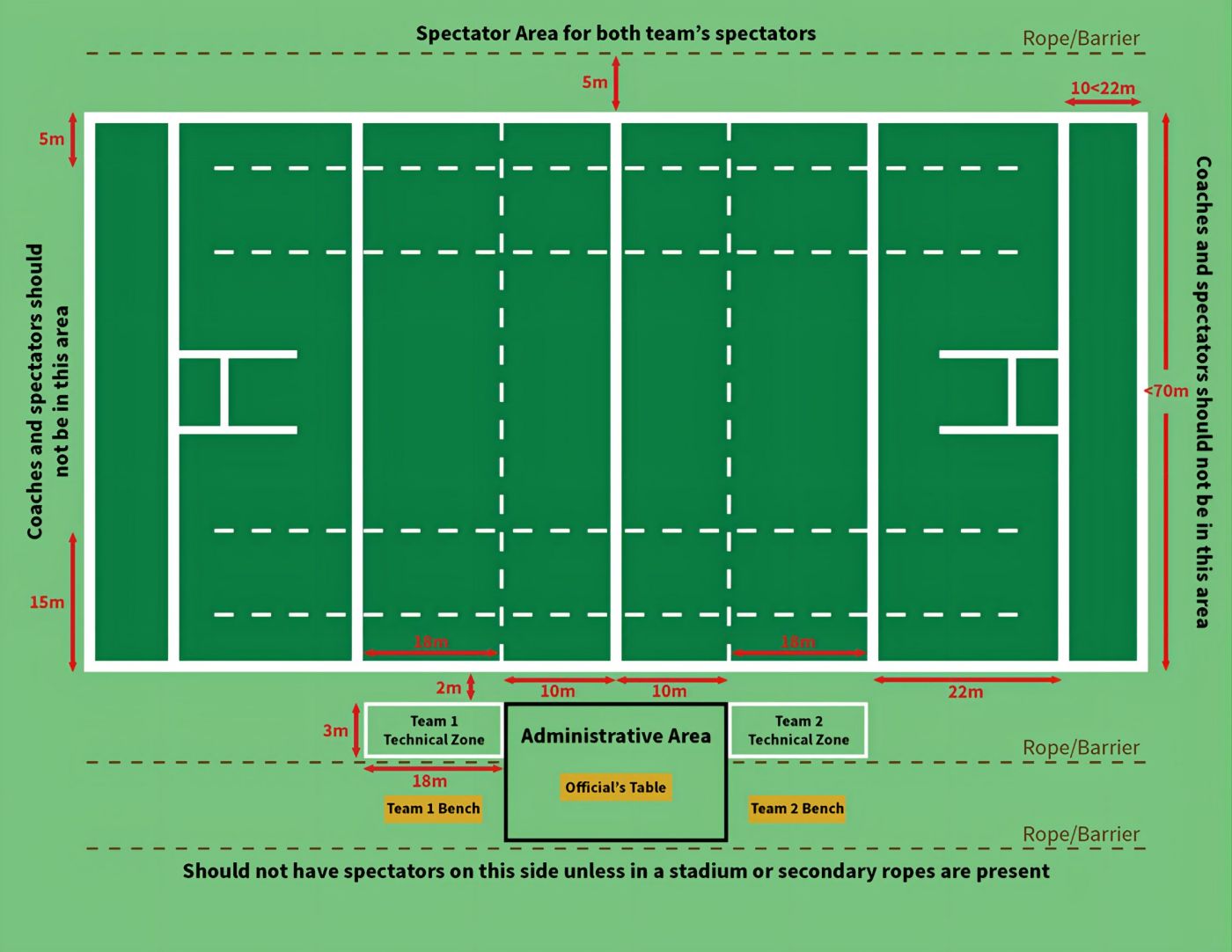
Uniformity and Brightness
The lighting requirements of a rugby field must be met. This includes uniformity in illumination and brightness. The brightness level for a rugby field that is used for commercial or recreational purposes can range from 250 to 300 lux. Multiplying the brightness level and the field’s area will give you the required lumens. The required lumens for a rugby field that measures 120 m in width and 70 m in length can be calculated. To determine how many lumens are required, multiply 250 lux by 120 m and 70 m. This would give a brightness requirement of 2,100,000. For professional matches, a higher brightness level is required. 500 lux suffices.
Uniformity is the next requirement for lighting. A rugby field, for example, must have a minimum of 0.6 lighting uniformity. The individual power and beam angle of LED lights will be considered to achieve the required illumination uniformity. Uniform illumination on a rugby field will result in better performance for athletes.
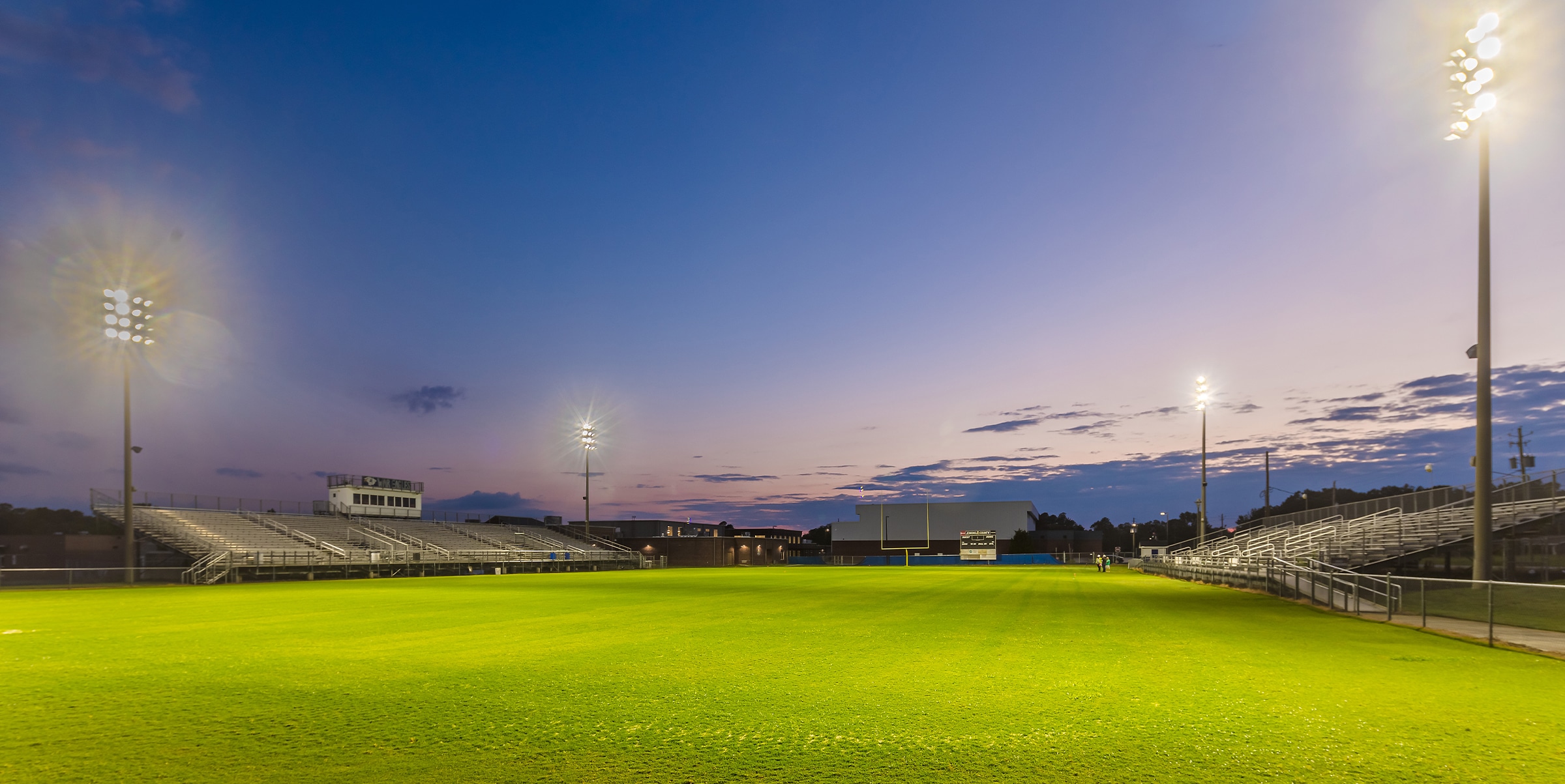
Factors to Consider When Design Lighting For Rugby Field
When lighting a rugby field, it is important to take great care. It is crucial to avoid shadows being projected onto the field. It is important to avoid shadows when placing and designing LED lights and reflectors. The design of LED lighting is crucial. It is important to design the LED lighting correctly the first time. VKS Lighting is the best high voltage solution. For a rugby field, the standard voltage is 100 to 277 V. If you require high voltage, 280 to 48 V is acceptable. When designing lighting for a rugby pitch, you should consider the following factors.
A rugby field needs high power, approximately 130,000 lumens or more. High-powered LED lights and optics are required to brighten the sports field. To design the LED lights, it is best to create a model that will help you determine which type of optics would give the best results.
Luminous Efficacy
When designing LED lighting, luminous efficacy is an important factor. This can be easily calculated by multiplying the lumens per watt. The ideal design can be found by comparing its luminous efficacy. Lumens are an important part of the design process and should be taken into consideration. High luminous efficacy ratings will enable rugby field owners to enjoy lower maintenance and energy costs. The LED lights will also need to be replaced less often.
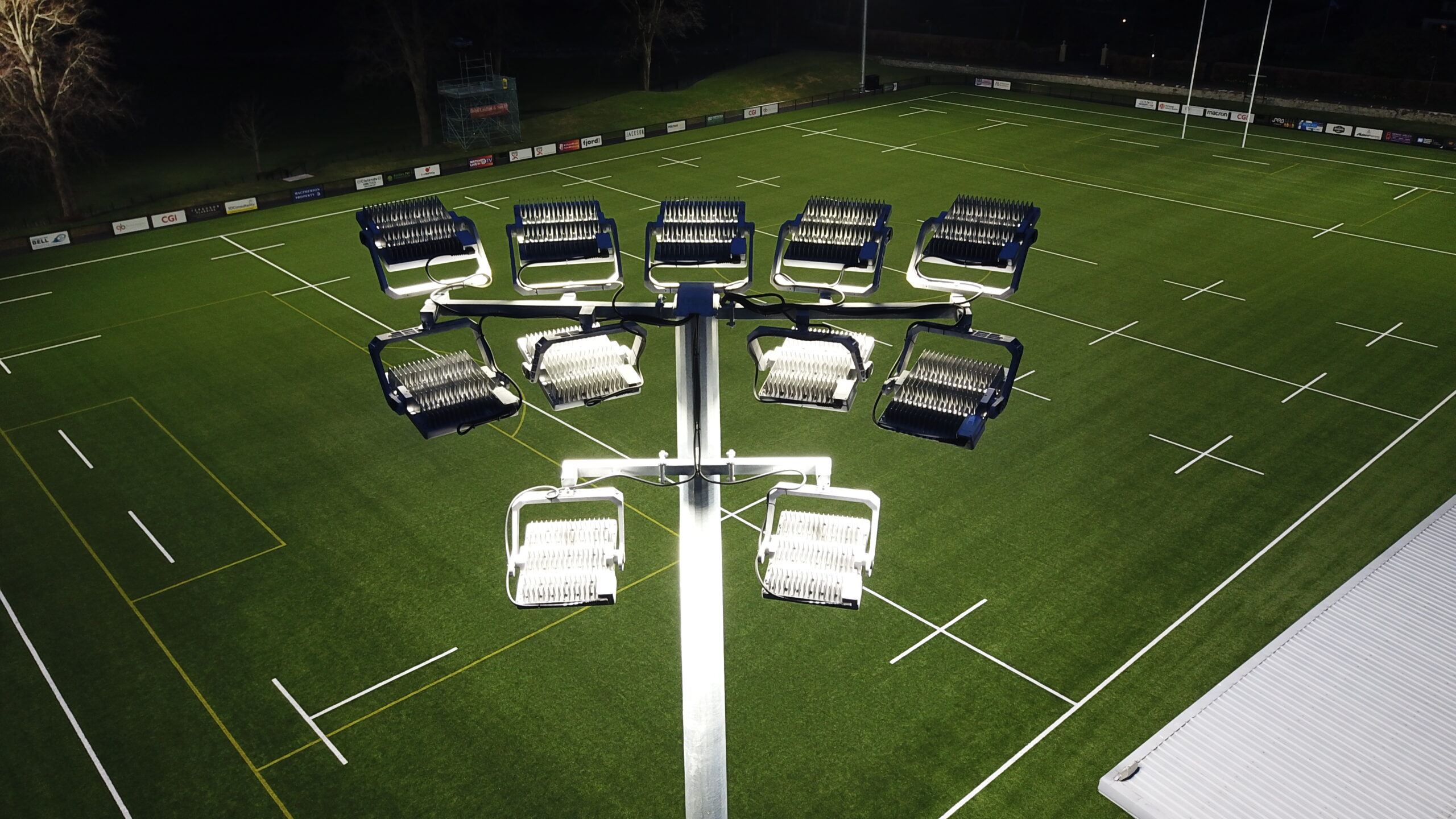
Beam Angle
Beam angle is an important factor to consider as it affects light distribution. If the beam angle is too wide and the light uniformity too high, the illumination would be very low. The beam angle should be narrow to ensure that light uniformity is not too low. This would cause a lot more dark spots, despite the brightness.
To ensure optimal brightness and uniformity, it is important to choose lights with the correct beam angle. Photometric analysis is a great tool for designing LED lighting for rugby fields.
Heat Dissipation
The heat dissipation technology is another important factor in the design of LED lighting. Overheating can cause damage to LED fixtures as heat can easily get into them. Pure aluminum offers the highest heat conductivity and is recommended for LED lighting. Higher quality aluminum will result in higher conductivity levels. A heat dissipation system that is efficient will ensure adequate air ventilation. Each row of LED chips must have enough space. This will allow heat to transfer from the fixture to its surroundings. The heat dissipation system must be large and dense.
Color Rendering Index
When designing LED lighting, the CRI (color rendering index) is an important factor to consider. It is a measure of how colors look when compared to a particular light source. It is used to determine the appearance of an object.
The CRI is a guideline that will help you see the colors better. For a rugby field, a CRI of 70 or more is enough. VKS Lighting has LED lights with a CRI greater than 70.
Glare Rating
The glare rating of LED lights is an important consideration in sports lighting design. A lot of glare can cause problems for rugby players and distract spectators from the game.
Glare can also cause blurred vision and blurred detail. It is therefore important that LED lighting meet the requirements of the rugby council for glare ratings. Glare can also reduce the illumination of certain areas of the rugby field. VKS Lighting has LED lights with advanced lenses that reduce light leakage and focus the light beam.
Color Temperature
The color temperature must also be taken into consideration when designing LED lighting. For rugby field lighting, the color temperature is approximately 4000K. Our eyes are able to adapt to various color temperatures. To ensure that true colors are displayed in their full glory, it is important to have the right correlated color temperature. Also, remember that LED lighting design is influenced by the color temperature.
How to Choose the Best LED Light for a Rugby Field
The right LED light is essential for a rugby field. It can be difficult to find the right LED light for a rugby field. It is important to consider these factors when choosing the right LED lighting.
Energy savings
Energy savings is the main difference between the best and average LED lights. This is the most important thing to consider. It is important to select the most energy-efficient LED lights, as electricity costs are higher for many sports, including rugby. VKS Lighting offers LED lights that can save up to 70% on your energy bills.
Durability
It is important to remember durability. The best rugby field lighting should be durable. This will result in lower maintenance and replacement costs. Durable LED lights are also more durable than other options and can last for longer hours. These LED lights are ideal for rugby. To determine the durability of the LED light, you should always consider the hours it will last.
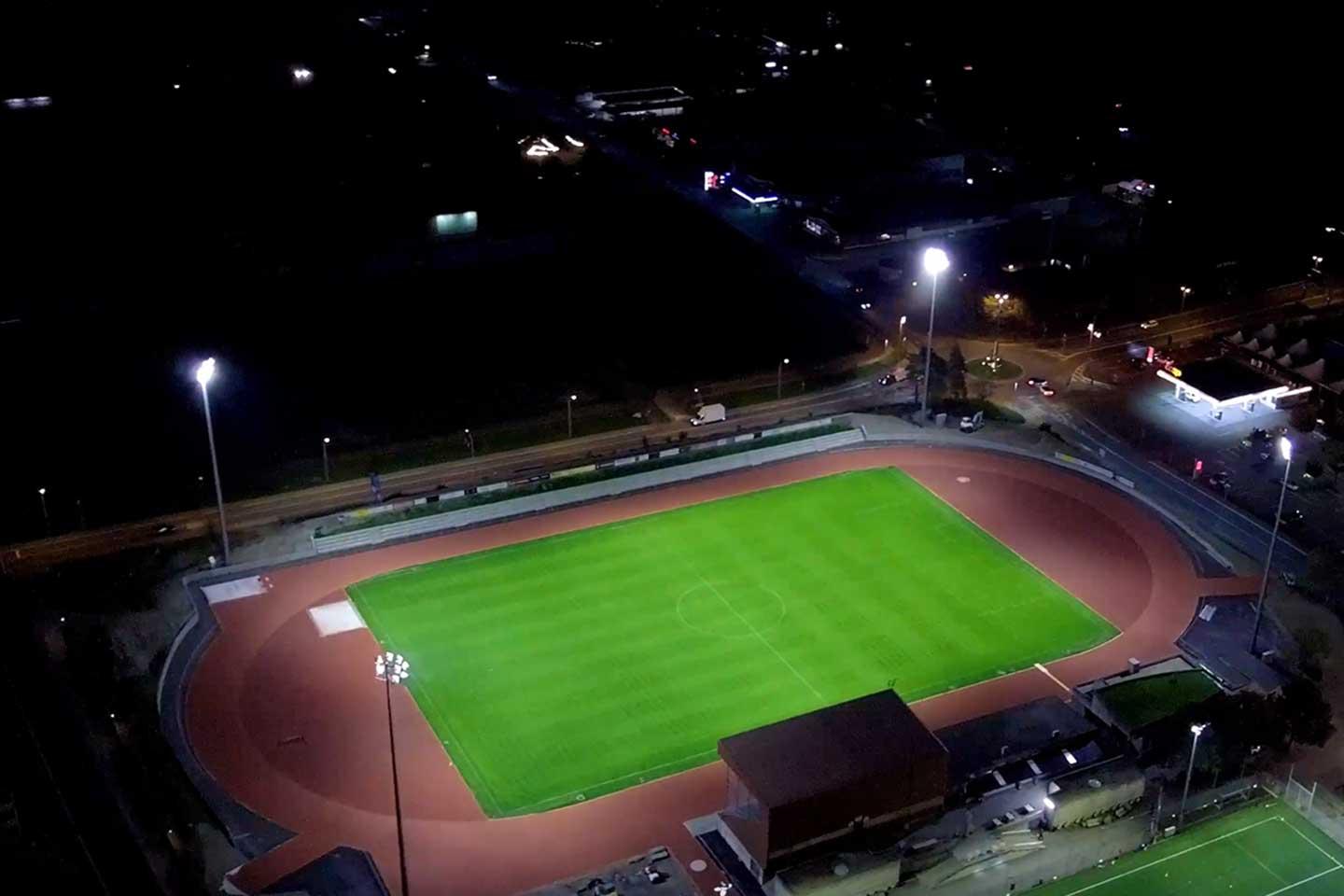
Post time: Mar-10-2023

